Dental health is a critical component of your pet’s overall health and wellness. However, many pet owners are unaware of the importance of caring for their pet’s teeth, although more than 80% of pets will have some form of dental disease by the time they are 3 years old. You may have noticed an unpleasant odor, or had to turn your head away from your furry friend’s kisses, but thought their smelly breath was normal. But, contrary to popular belief, bad breath is not normal, and is often the first clue that your pet may have a serious dental problem. Our Fairfax Veterinary Clinic team wants to ensure your pet’s teeth are always healthy, so follow these four tips for caring for their chompers.
#1: Start a home dental healthcare routine for your pet
Early adoption of a home dental routine for your pet is key to preventing painful dental disease. As with people, twice daily tooth brushing is the gold standard for keeping harmful oral bacteria and tartar clear from your pet’s teeth, although the National Pet Dental Health Association reports that brushing your pet’s teeth three times a week is still beneficial. Consistency is key, so establish a realistic, manageable routine.
It’s never too early or too late to start brushing your pet’s teeth at home, because that will help ensure their teeth remain healthy between professional veterinary cleanings. To establish a toothbrushing routine, follow these guidelines:
- Choose a pet-safe toothpaste approved by the Veterinary Oral Health Council (VOHC), since most human toothpastes contain ingredients that can be toxic to pets.
- Initially, offer your pet a small amount of toothpaste on your finger as a treat.
- Once your pet is comfortable and accepts the toothpaste, rub your finger over their gums and teeth in a brushing motion.
- After they are comfortable with your finger and the toothpaste, switch to a pet-specific or child-sized toothbrush that fits well inside their mouth.
Patience is key when establishing a home dental care routine for your pet. Some pets, especially frisky felines, may not accept regular toothbrushing, so consider incorporating VOHC-approved dental chews, wipes, rinses, or treats into their daily routine.
#2: Monitor your pet for dental disease signs
Bad breath is the most common and recognizable dental disease sign in pets. However, ensure you monitor your pet for more subtle dental disease signs, because early recognition and immediate treatment, which may include surgery, are vital for a successful outcome. Signs that indicate a veterinary exam is needed include:
- Decreased appetite
- Bleeding from the mouth
- Blood on chew toys
- Abnormal chewing
- Dropping food from the mouth while eating
- Excessive drooling
- Swelling around the mouth
- Pain in or around the mouth
- Nasal discharge
- Behavior changes (i.e., irritability, or cats hiding more often)
- Red or swollen gums
#3: Schedule your pet for regular preventive care visits
Regular wellness care visits are vital to prevent or slow dental disease progression in your pet. Additionally, yearly or more frequent veterinary exams will ensure your pet’s overall health and wellness. Harmful oral bacteria, the culprit for your pet’s bad breath, can travel through your pet’s bloodstream, putting them more at risk for life-threatening infections and kidney, liver, lungs, heart, and brain damage. During your pet’s wellness visit, your veterinarian will perform a nose-to-tail exam, in addition to an initial oral examination. If your veterinarian suspects dental disease, an anesthetic dental cleaning may be recommended. Most dental problems occur below the gumline, and cannot be detected without dental X-rays and an in-depth oral exam under anesthesia. They may also recommend blood work to check for organ damage.
#4: Talk to your veterinarian about an anesthetic dental cleaning for your pet
Many pet owners become nervous when their veterinarian recommends a procedure that requires anesthesia. However, anesthetizing your pet allows your veterinarian to perform a safe, pain-free, and in-depth oral examination on your pet. Prior to your pet’s dental procedure, our veterinary team will customize a medication plan specifically for your pet to ensure they are comfortable and safe during their dental cleaning and examination. Your pet also will be closely monitored before, during, and after their anesthetic dental procedure, which includes:
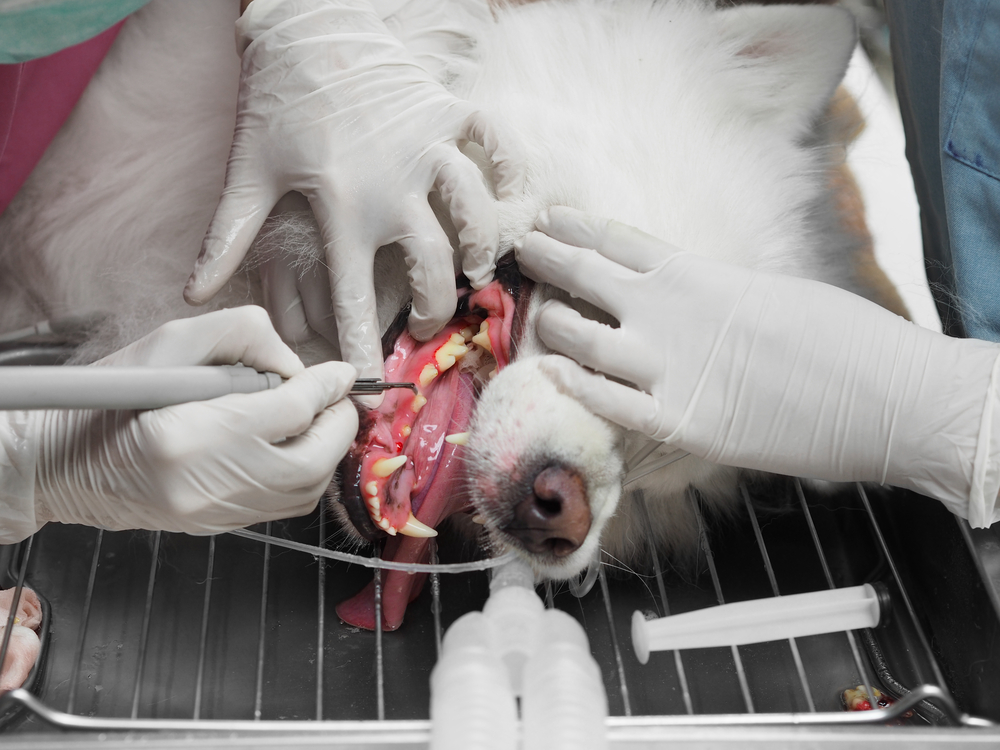
- Specialized warming pads and blankets to maintain body temperature
- Intravenous fluids to support their organs and blood pressure during the procedure
- Dental X-ray to examine teeth below the gumline
- Mapping and charting of your pet’s teeth (i.e., gentle probing around each tooth to look for pockets or infected teeth)
- Cleaning and scaling with specialized tools
- Polishing with a fluoride-infused polish to prevent plaque buildup
- Extraction of loose or damaged teeth
Our Fairfax Veterinary Clinic team recommends regular at-home toothbrushing, oral health exams, and professional dental cleanings to ensure your pet’s teeth remain healthy through all life stages. Call our office if you have any questions about your pet’s dental health, or to schedule your pet’s dental health care appointment.



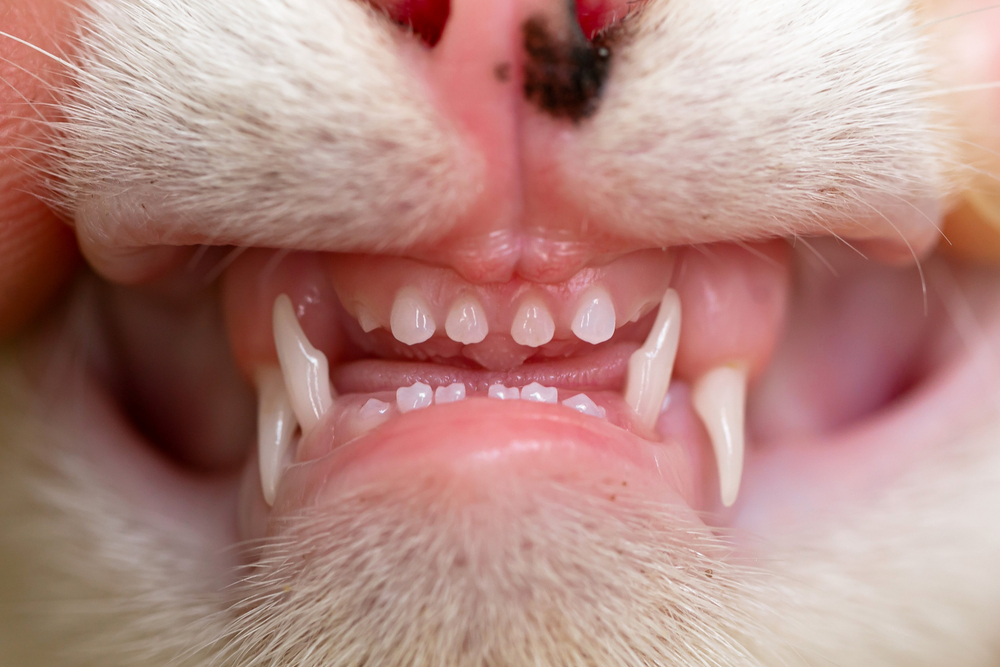
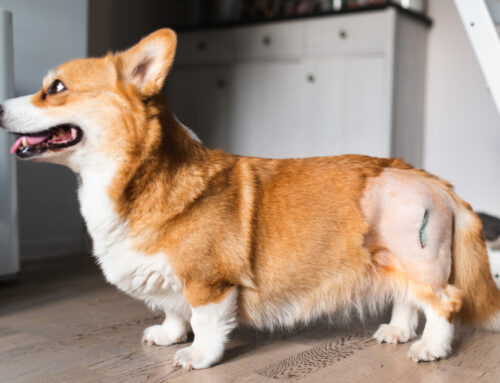

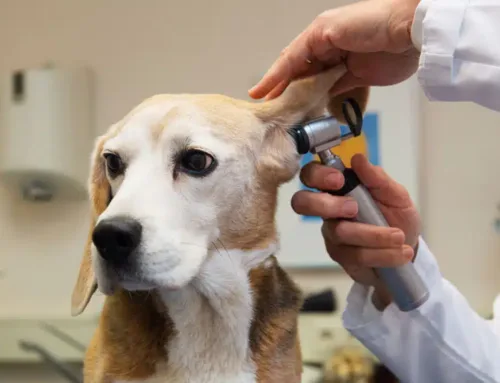
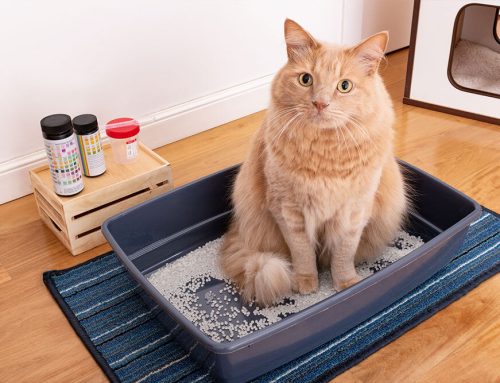
Leave A Comment